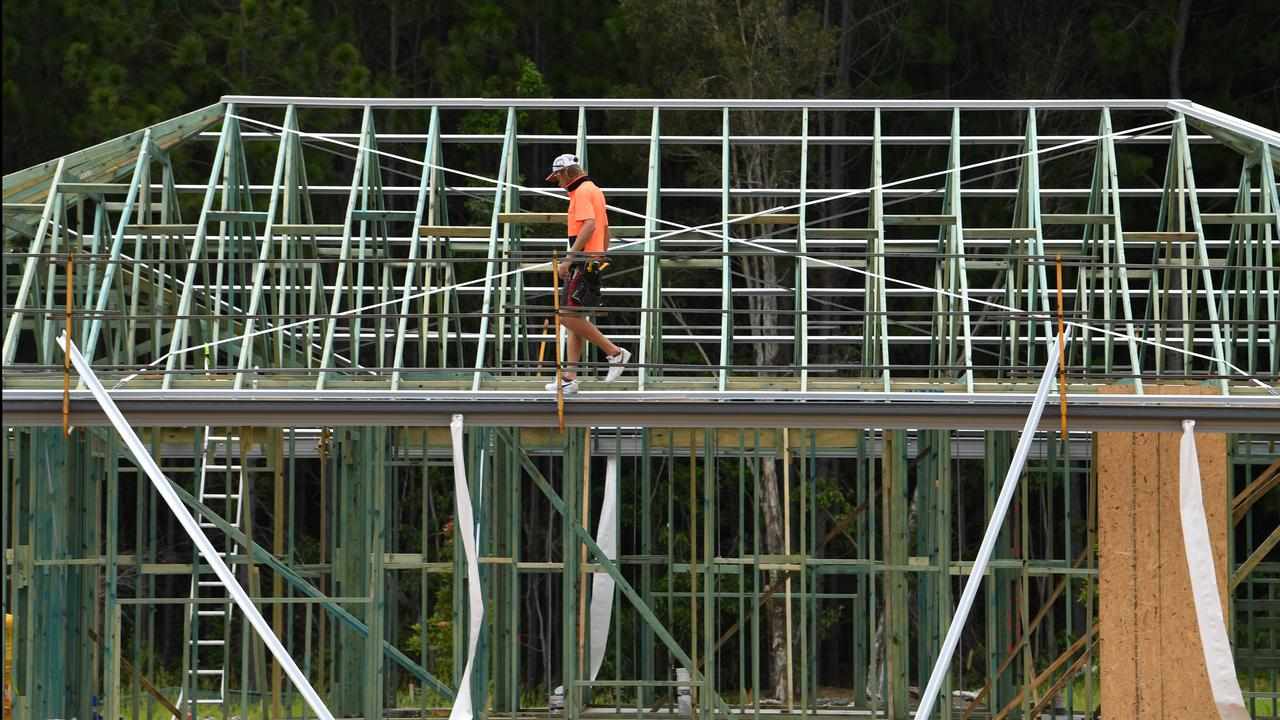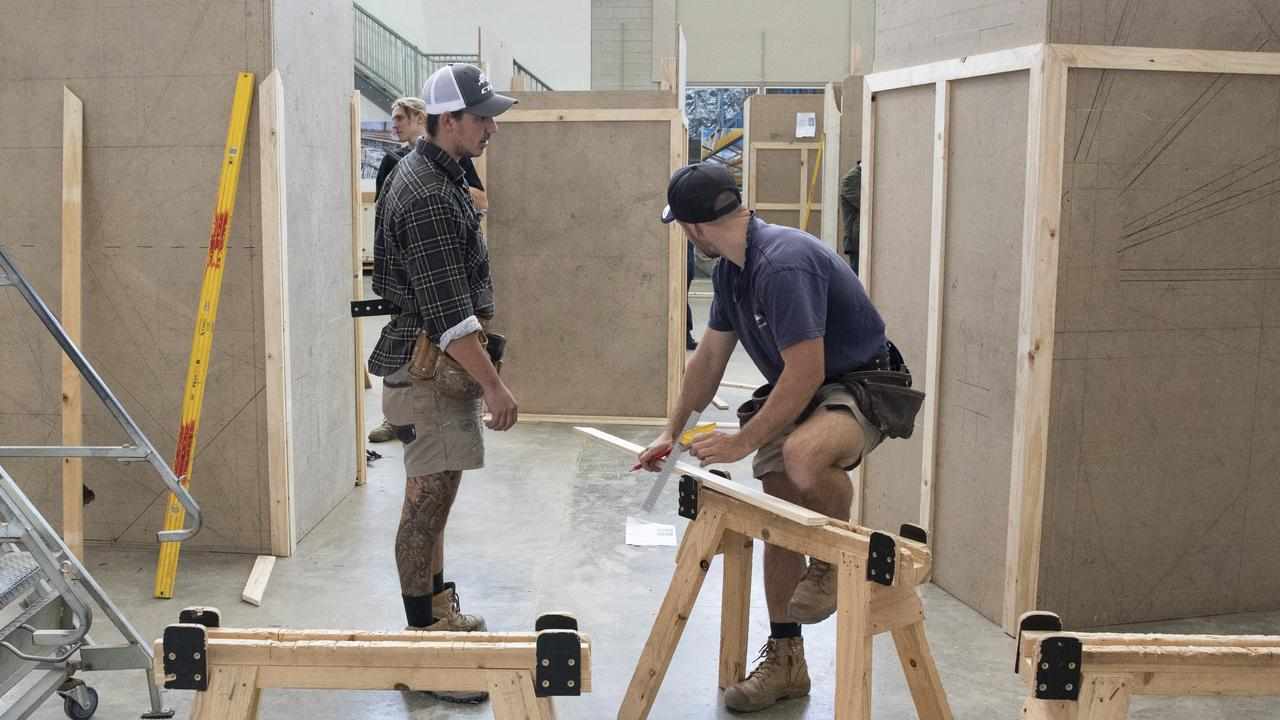Australia is forecast to fall well short of a landmark national goal to build 1.2 million homes in five years as worker shortages and planning hurdles cut into house construction.
Building industry forecasts released on Tuesday estimated about 1.09 million new homes would be started in five years from July.
About half of the 112,000 shortfall is expected to come from NSW and South Australia, while only the ACT is predicted to meet its portion of the agreement.

The forecasts come after official data showed the production of high-density homes was in reverse, with commencements in 2022/23 falling to a 12-year low.
Master Builders Australia said falling inflation and interest rates would lead to a more favourable investment market and a building turnaround.
But government efforts to increase supply were being countered by supply-side constraints such as workforce shortages, industrial-relations changes and poor planning systems.
“Workforce shortages continue to be the biggest challenge for the industry across all sectors," Master Builders Australia chief executive Denita Wawn said.
"At a federal level, the government's priority should be growing the building and construction workforce."
The nation's largest residential builders' association said maintaining government incentives for tradespeople to employ and retain apprentices was imperative.
"No stone should be left unturned to increase workforce capacity and improve skills shortages if we are to reach the goal of building 1.2 million homes," Housing Industry Association managing director Jocelyn Martin said.
Skills Minister Brendan O'Connor said more TAFE investment, including expanding a menu of fee-free courses, would help address shortages.
But convincing enough skilled tradespeople to take a pay cut to teach at TAFE also had to be achieved.
"I need industry to understand that if they need the skills for their industry ... then we need to work out a better way to supply the trainers and teachers needed," he told ABC Radio.
The Master Builders data estimates about 500,000 of the 1.1 million forecast homes will be apartments and units.
Multi-dwelling building commencements are expected to outstrip detached housing in the ACT and NSW in 2024 and make up about 43 per cent of new home starts in Queensland and Victoria.

Despite his state's predicted shortfall, NSW Premier Chris Minns backed the high national targets.
Ambitious goals were more important than "having mushy targets that we meet, or we never meet", he told reporters.
The five-year forecasts come amid a housing crisis marked by record low rental vacancies, young people priced out of home ownership and decades-low levels of social and affordable house construction.
Slow approval rates, poor planning and incentives that strengthen the hand of investors and first-home buyers are among the factors being blamed.
Opposition Leader Peter Dutton said the coalition was working on a major housing policy for the next election, hinting at supply-side incentives and reduced migration.
"It kills me that young Australians have lost the dream of home-ownership," he told ABC Radio.
Draft laws to spur on more build-to-rent complexes were meanwhile unveiled by Treasurer Jim Chalmers.
The model had been successfully used overseas to increase housing supply, he said.
Tax discounts would apply for projects of at least 50 dwellings available to rent for the general public, held by a single owner for 15 years and where one in 10 units were offered at a 25-per-cent affordable housing discount.
HOME BUILDING FORECASTS 2024-2029:
(Jurisdiction, current forecast, percentage behind target)
Australia - 1.087m (9.4 per cent)
NSW - 348,000 (7.3 per cent)
Victoria - 286,400 (6.8 per cent)
Queensland - 241,000 (2.0 per cent)
Western Australia - 114,600 (11.9 per cent)
South Australia - 55,500 (33.3 per cent)
Tasmania - 15,500 (39.6 per cent)
Northern Territory - 1855 (83.6 per cent)
ACT - 24,400 (exceeds target by 16 per cent)
* Source: Master Builders Australia









